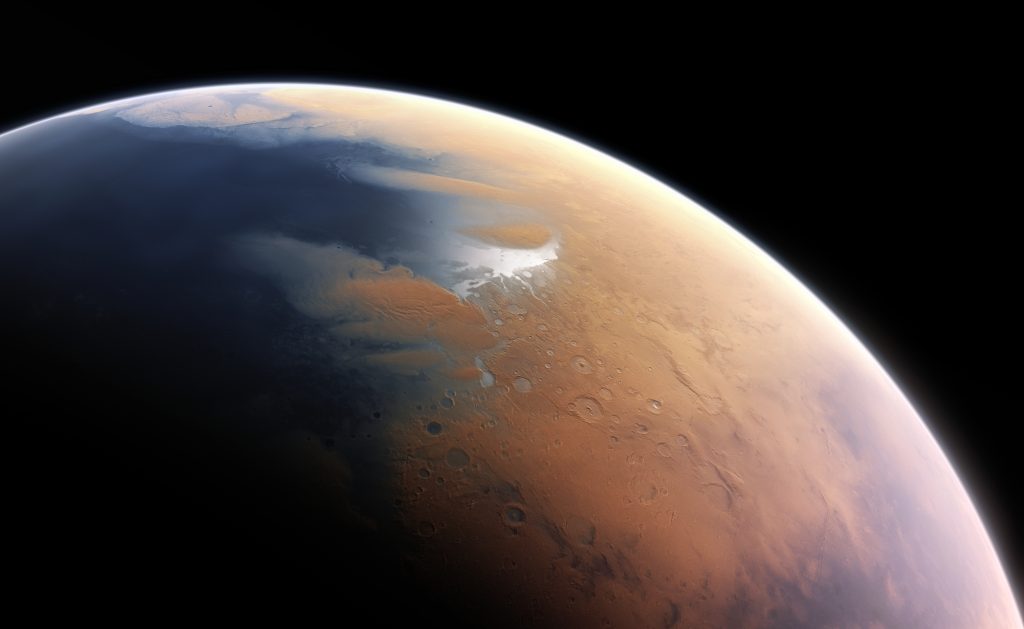
The question regarding whether we are alone in the universe has dwelled in our minds for decades, ever since we started exploring the cosmos. Although no concrete proof has been found supporting the existence of extraterrestrial beings, the sheer size of the universe compels us to keep wondering what exists beyond our reach. Within the Milky Way galaxy alone, there exists over 100 billion stars and a widely accepted approximation suggests than an additional 170 – 200 billion galaxies exist in the observable universe. Hence, it seems inevitable that one day we will discover earth-like planets suitable for life similar to ours.
In recent years, interstellar travel has become an increasingly popular theme in science fiction movies and novels seeking to explore the seemingly impossible. Although we tend to scoff at the idea when discussing it, the urge to explore and do what seems impossible has always been appealing to the boundless curiosity of mankind. The prospects of interstellar travel may not be as farfetched as depicted in fictional works, since many signs indicate that interstellar travel may become a reality in the future. NASA has already boldly announced that the fundamentals for a journey to Mars are being laid. Although this trip currently takes a year to fulfill, according to NASA, it will take less than a month at near relative speed.
The main issue at hand is the speed of interstellar space travel. Most destinations of interest, such Earth’s closest star Proxima Centauri which is located 4.24 light years away, lie way outside of reach with our current spacecraft technology. It would take approximately 80,000 years to reach Proxima Centauri with today’s fastest unmanned space probe and significantly more if we wished to send a shuttle class spacecraft. Even if the technological requirements are met, various economic challenges remain in order for interstellar travel to become more than just a pipe dream.
Nevertheless, no solid reason exists as to why interstellar flight would be an impossible feat. Although it is clear that the current approach using rocket fuel will not suffice, an alternative model that seeks to utilize the fundamentals of c acceleration in order to achieve near-relativistic speed has already been proposed. We can already achieve the desired speed for particles in facilities such as laboratories and particle accelerators, but the difficulty lies in applying the technology on a macroscopic level. Breaching the gap is all that remains, although it may require radically rethinking our current approach and strategy to the issue.
A critical view on this matter is essential in order to properly assess the possibility of such a revolutionizing concept as extraterrestrial lifeforms, yet due to the novelty and nature of this idea of interstellar travel it is hard to be conclusive. For now, all we can do is await further advancements, as the answers to our questions may come to reveal themselves in time.

